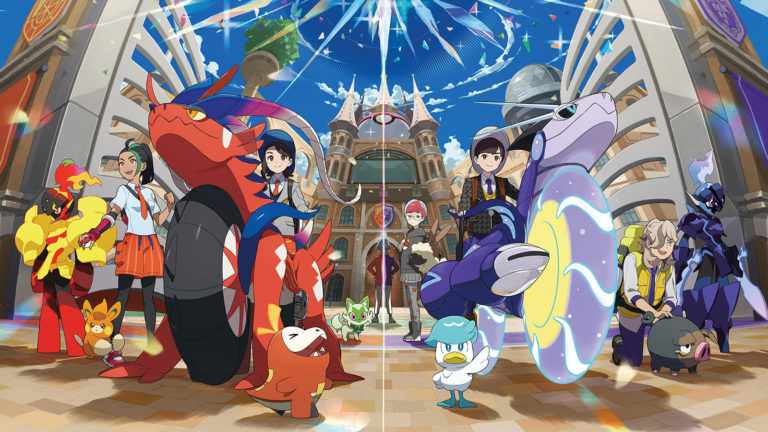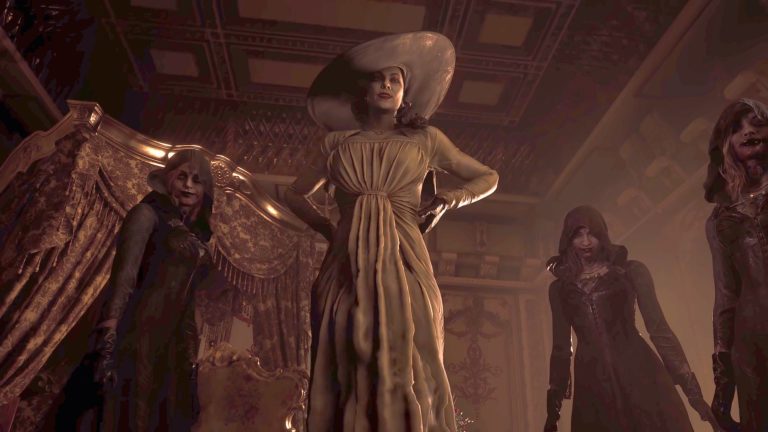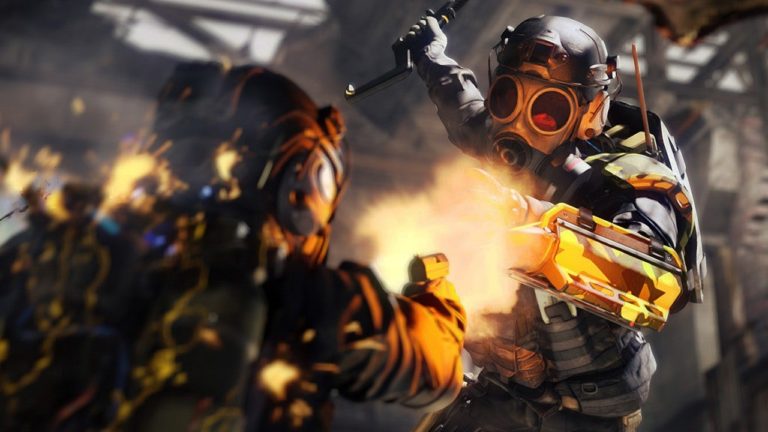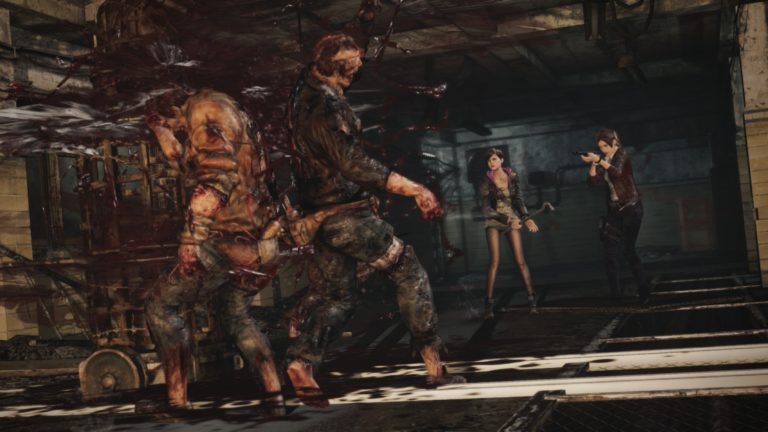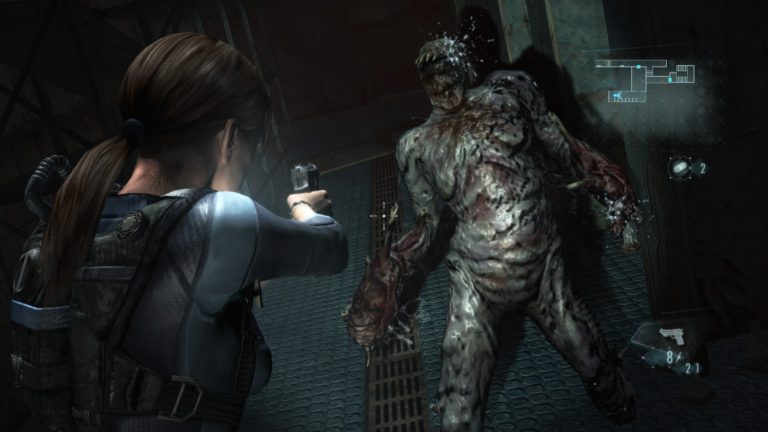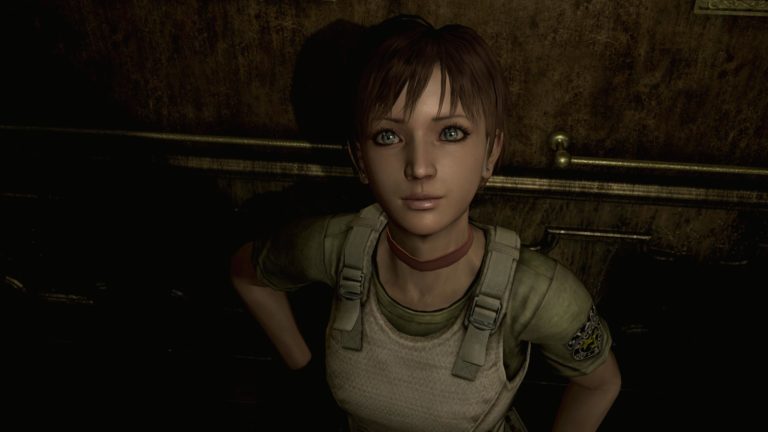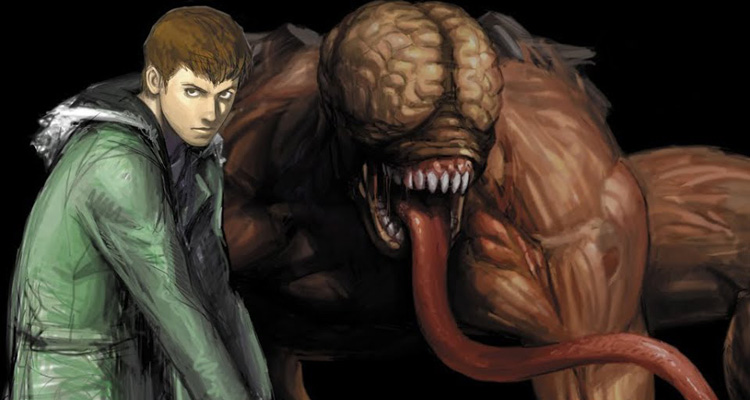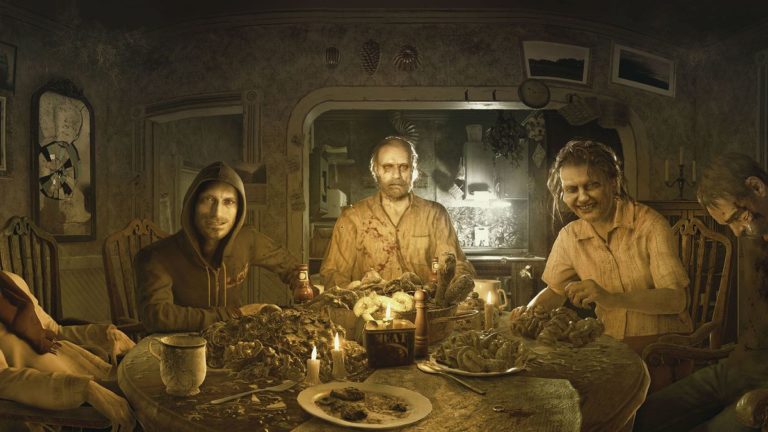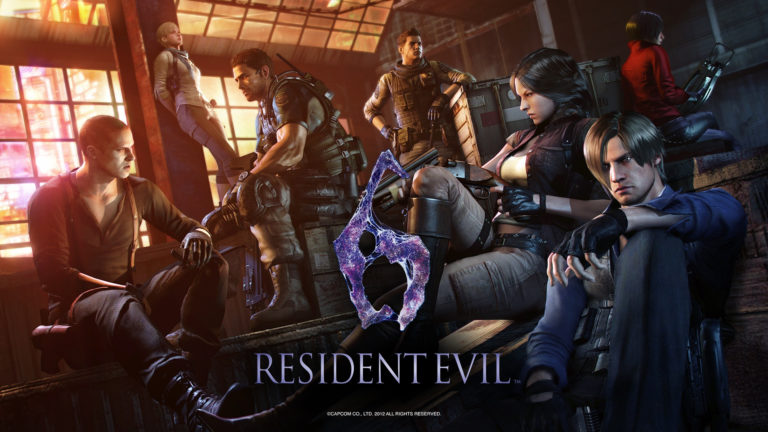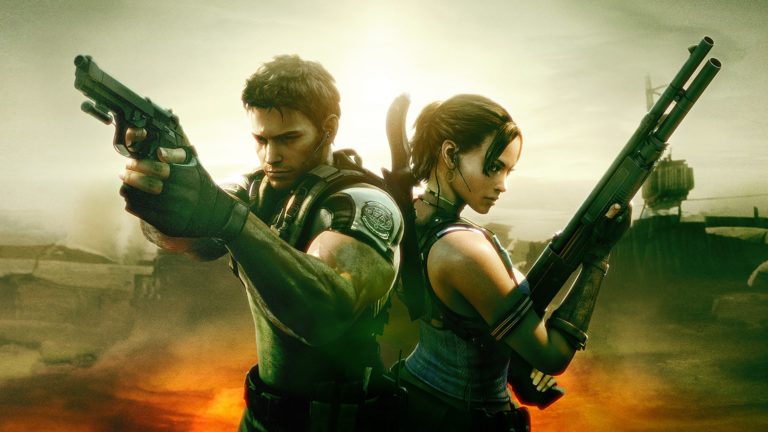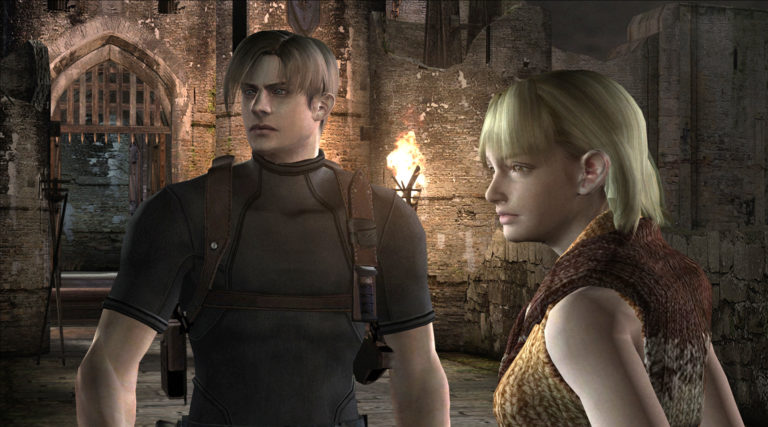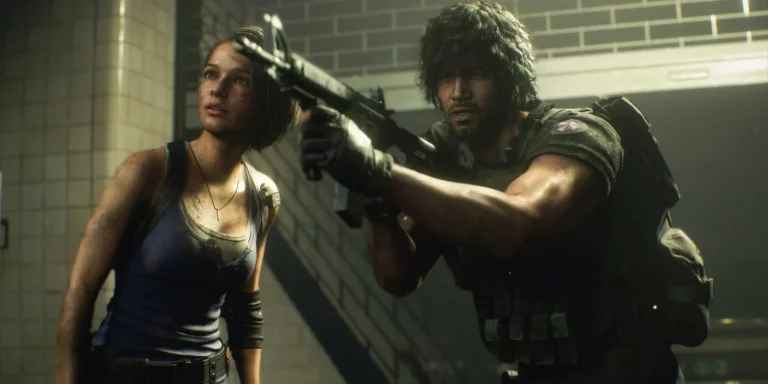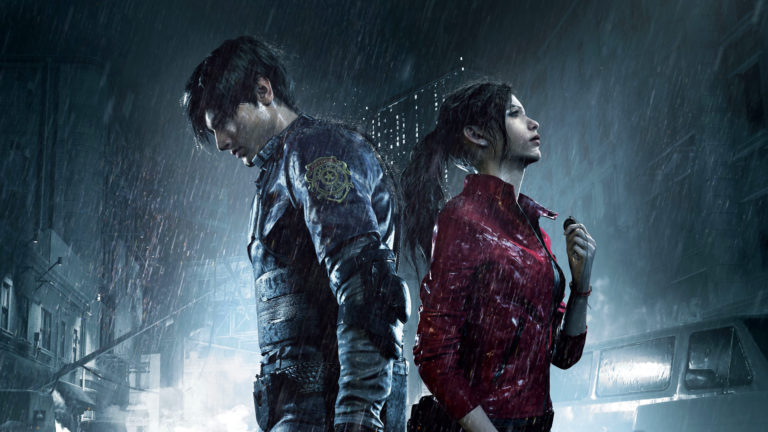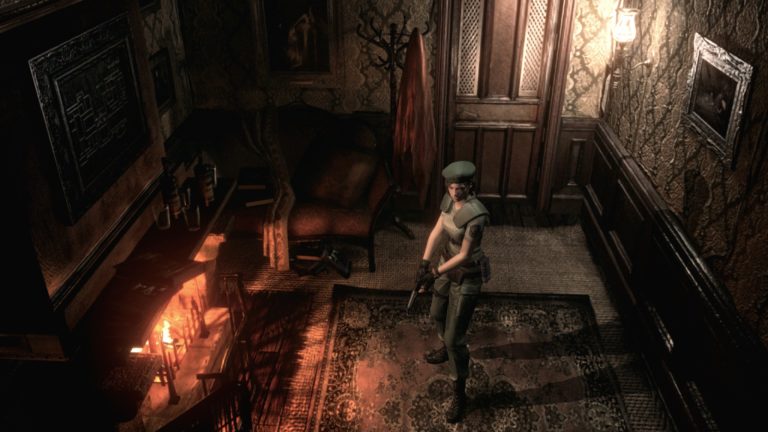Welcome back to the Pokemon love/hate series! We’re covering the newest mainline entry in the franchise today,...
Love/Hate
Welcome back to the Resident Evil love/hate series! In this entry we’re looking at Resident Evil Village,...
Yeah that’s right, this one doesn’t even have the Resident Evil moniker, Capcom literally just called it...
Welcome back to the Resident Evil love/hate series! In this entry we’re looking at Resident Evil: Revelations...
Welcome back to the Resident Evil love/hate series! In this entry we’re going to start arguably the...
Welcome back to the Resident Evil love/hate series! In this entry we’re going to be looking at...
Welcome back to the Resident Evil love/hate series! Previously we went through the series from the remake...
After the bloated and unpolished Resident Evil 6, excitement for a new mainline Resident Evil game was...
Resident Evil 6 is often considered the point where the franchise jumped the shark, leading to Capcom’s...
Resident Evil 5 was actually the first Resident Evil game I got far into. I had a...
Resident Evil 4 is often considered one of the greatest games of all time, having reinvented the...
While the remake of Resident Evil 2 was widely acclaimed, the follow-up remake of Resident Evil 3...
It took nearly twenty years, but fans finally got the Resident Evil 2 remake they had been...
Welcome back to another Love/Hate series! You may be surprised to hear that, despite having a whole...
